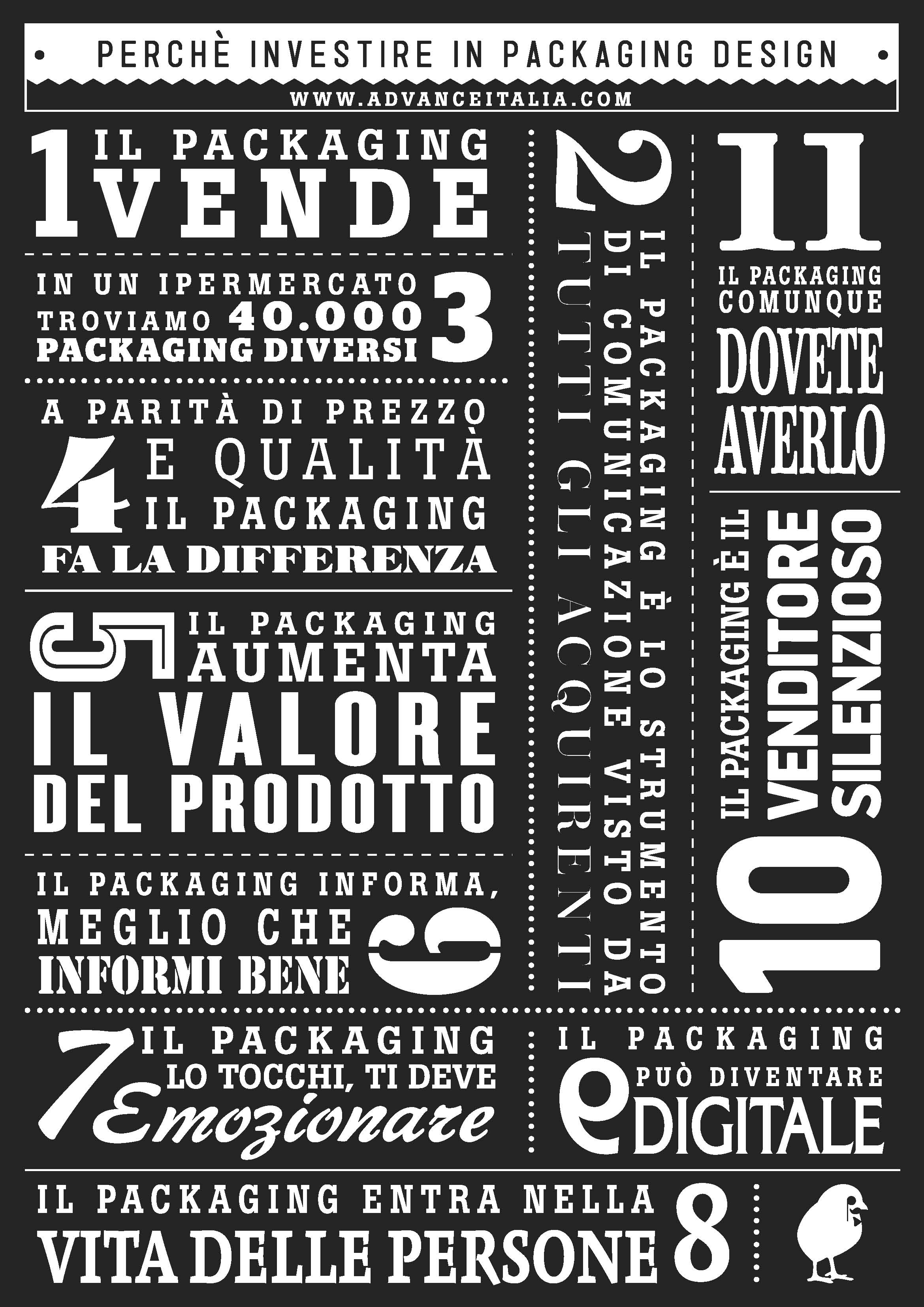
[ add comment ] ( 60 views ) | permalink |




 ( 2.9 / 1599 )
( 2.9 / 1599 )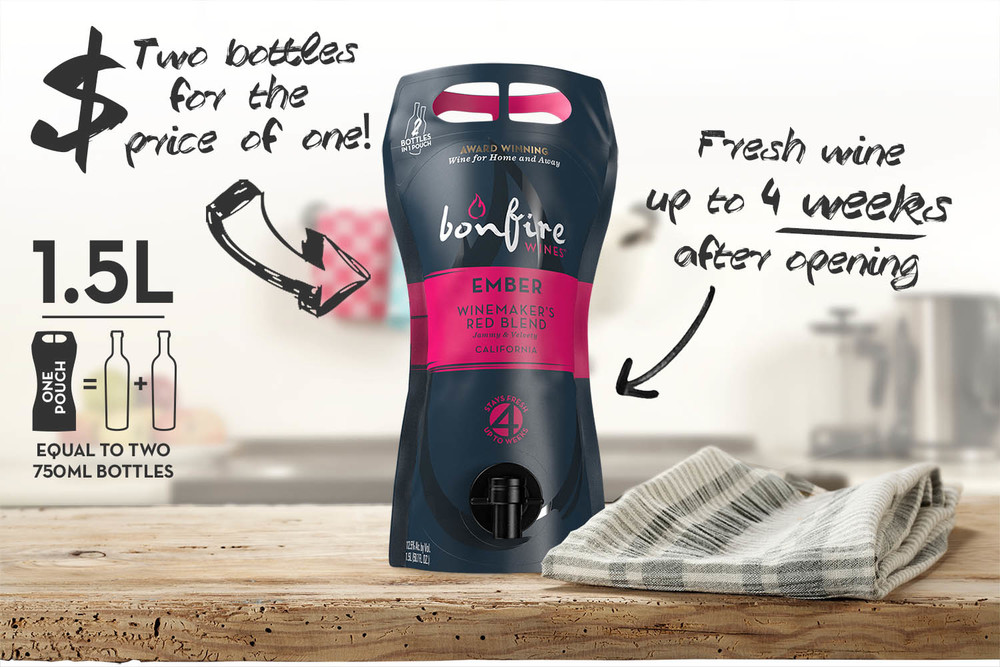
This week I ran a workshop at a large well-known company applying the three layer product model (3LPM). The 3LPM is a conceptual approach to categorizing the functionality in your product, platform or portfolio. As the name suggests, the functionality in the system is put into three boxes, i.e. commodity, differentiating or innovative. The model is shown in the figure below.
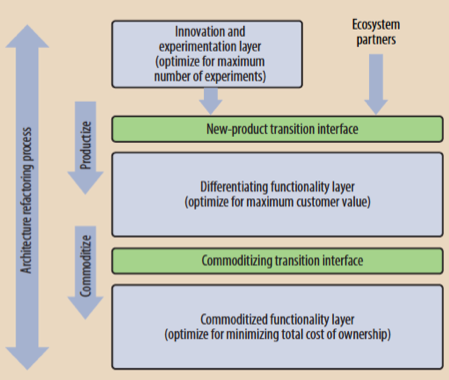
Commodity functionality refers to functionality that competitors offer as well. Consequently, this functionality needs to work, but doesn’t help the company distinguish itself from its competitors and through that drive sales.
Differentiating functionality concerns proven features that your company provides and the competition does not or that you provide in a significantly better way than others. As customers care about it, it helps you drive sales and consequently it matters.
Finally, Innovative functionality is concerned with unproven features that may provide future differentiation, but it’s unvalidated.
The process is, of course, that functionality starts of as innovative and when it proves successful, it is productized and becomes part of the differentiating functionality layer.
Once the competition catches up, the functionality becomes commodity.
As shown in the figure below, our research shows that 80-90% of all R&D effort is allocated to commodity functionality. This means that out of every 10 people in R&D, 8 or 9 work on functionality that no customer cares about. It just has to work and, if it does, nobody cares.
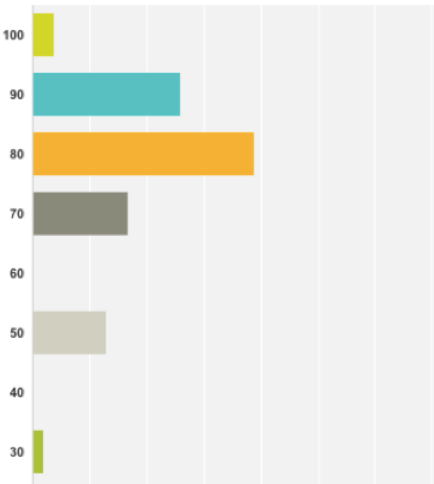
The question of course is how a company stays competitive when the vast majority of its R&D staff works on things no customer cares about.
The answer is quite blunt: you don’t stay competitive this way.
You have to work very hard on freeing up resources in the commodity functionality using a variety of strategies, ranging from replacing proprietary functionality with open-source or commercial components to outsourcing commodity functionality to suppliers in low-wage countries.
If we had only seen one or two companies in this situation, it would have been an exception. However, I have now asked well over 50 companies for their self-assessed estimation of R&D effort into commodity and the answer averages around the 80-90%. Just reflect on this for a moment: 9 out of 10 people in your R&D organization work on things no customer gives a flying hoot about!
So, what to do about this? Well, going back to the company that I visited this week, the first step is to assess where you are. This means systematically decomposing your system into smaller and smaller elements until each can be uniquely classified as commodity, differentiating or innovative.
Next is to assess inter-mingling and the dependencies between these elements and finally, it is estimating the resources allocated to each element on an ongoing basis.
This provides a current state assessment.
The next is to develop a vision of a desired state.
This is not a situation where there are no R&D resources spent on commodity – some will always be required – but rather a resource allocation state that is aligned with the business strategy and materially better than the current state. Finally, we need a transition plan that focuses on moving to the desired state such that the earliest actions bring the largest benefits.
Concluding, organizations routinely spend 80-90% of their R&D resources on commodity functionality. Although many view this as a necessary evil and assume that there is nothing that can be done to address this, there are many strategies that companies can employ to free up resources in commodity so that these can be applied to differentiation and innovation. Similar to many situations that leaders in R&D experience, don’t accept the status quo as the best or only way to do things. Challenge, develop alternatives, experiment and improve!
Author : Jan Bosch
Director Software Center, Professor of Software Engineering, Chalmers University
[ add comment ] ( 54 views ) | permalink |




 ( 2.9 / 356 )
( 2.9 / 356 )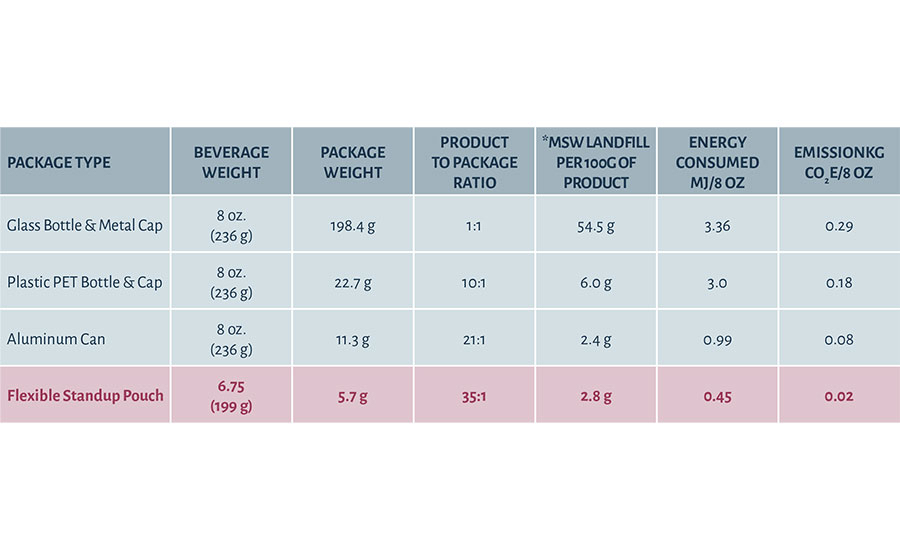
In a fast-paced world where convenience is currency, a continuing prominent trend in product packaging is the use of flexible plastic pouches.
More consumers are choosing pouches over traditional glass, paper and metal packaging, and even rigid plastics, as global market demand is projected to rise 6.2% annually to $37.3 billion in 2018.
Food is the largest and most developed market for pouch use due in great part to rising output and consumption rates worldwide. Pharma/medical and beverage are the second and third largest markets, respectively.
Japan is a country that has long been ahead of the pouch packaging trend, as urbanization and a fast-paced lifestyle keep space and time at a premium in Japanese cities.
The heat-resistant boil-in-a-bag (later microwavable) food delivery model addressed lifestyle needs of Japanese consumers as far back as in the 1970s, when more women were entering the workforce and convenience was compulsory.
Today, Japanese pouch-meals and pre-cut single-serving vegetables and meats respond to Japan’s aging population of elders who live alone (27% are 65 or older), pioneering innovation in the consumer retail experience.
Here in the U.S., consumer lifestyle trends demand increasingly convenience and portability of product, particularly in the food sector. Ease of use at home and on the go have become a requisite for driving the purchase of consumer foods. This is particularly true for Millennials, who represent about a fourth of the entire U.S. population with $200 billion in annual buying power; significantly, one in four Millennials are now parents, which not only compounds the demand for convenience, but their influence on future consumers (their children) and older generations (their parents). With less time to spare and more options than ever, consumers cite convenience as a consumer need that is increasingly addressed by the innovations offered by pouch packaging.
Advancements in seal and barrier technologies for the pouches market are keeping food fresher longer at all stages of the supply chain, contributing to a longer shelf life for both retailers and end-users.
As quality and healthfulness of convenience food products continue to increase in significance, pouch technologies allow a greater variety of these foods to be available to more consumers, geographically and economically speaking. For example, the dairy market segment, which includes yogurt (a product very much in demand), is expected to grow significantly through 2020 with the aid of these high-barrier pouches.
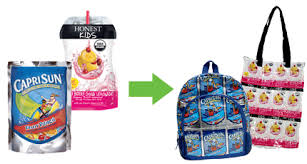
The environmental implications of pouches in food packaging and other markets are significant. Pouches are smaller and thinner than glass, paper and metal packaging and will use 60% less plastic and be 23% lighter compared to traditional rigid packaging on average. Both the stand-up and flat variety of pouch generally have a higher product-to-package ratio than rigid packaging and require about half of the energy required to produce, cutting down on the CO2 emissions released during production and during transport; taking up less space means fewer trucks are needed, reducing fuel consumption and additional CO2 emissions.
While flexible plastic pouches reduce landfill waste because they are lighter, less bulky and take up less volume than conventional packaging, it is important to note that they are not recyclable through the current waste management infrastructure. The multi-layer films from which most pouches are comprised are often made up of several different plastics, which are difficult to recycle because these components they require separating. Further, contact with food, beverage, medical and industrial substances requires additional processing so as to not contaminate recycled plastic batches.
This is not to mention the numbers associated with the waste created by single-serving items. Pouches now feature handles, zippers, easy-tear and resealable openings, spouts, straws, spoons and caps to name just a few types of the closures and fitments that make consumer food products easier to transport and use with high functionality, but make them that much more difficult to recycle due to their component parts.
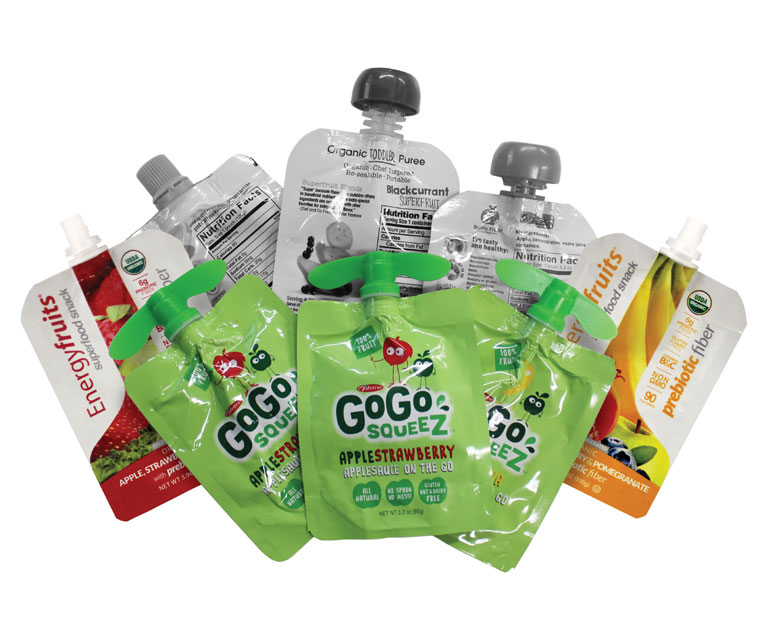
However, consumers do have free recycling options for their pouch waste. Companies solving for their pouch brand packaging through sponsored recycled programs with my company TerraCycle include GoGo squeeZ, GU Energy and Honest Kids, all of which make products with the on-the-go pouch configurations that are exemplars of the convenience and efficiency that pouches deliver.
Innovative, sustainable solutions for packaging consumer products, from sambar to soap, lie in inventing the most efficient, environmentally sound ways to accommodate the world’s changing lifestyles. Convenient, efficient and comparatively smaller in carbon foot print than some rigid packaging, pouches of all material compositions and shapes address consumer trends while moving in a good direction for waste reduction. “Necessity is the mother of invention,” and pouches continue to push enhanced functionality and convenience in excitingly fresh ways.
Author Tom Szaky, founder and CEO of TerraCycle, has won more than 50 awards for entrepreneurship,
[ add comment ] ( 99 views ) | permalink |




 ( 3 / 1568 )
( 3 / 1568 )The specialty foods section is red-hot. Just how hot? In my post, we delve into just how much an impact this can have on the packaging industry, and what you can do to take advantage of it.
In its recent research, L.E.K. Consulting found that over 80% of consumers regularly purchase at least one type of specialty food product (including those labeled "all-natural," "enhanced" or "alternative"), while some two-thirds are willing to pay upwards of 18% more on average for these items.
The expansion of the specialty food segment reflects a growing desire among consumers to embrace a healthier lifestyle, and includes not only longtime purchasers of specialty products but also “casual” shoppers drawn to brands like Kind Bar, Annie’s, Chobani and others that have successfully crossed from specialty retail into the grocery mainstream.
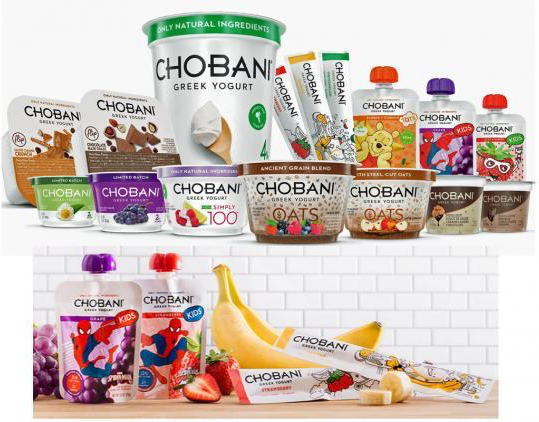
As consumers become increasingly engaged with healthy living, demand for innovative specialty food products is expected to continue its upward trajectory.
This puts the onus on the packaging industry to provide containers that are distinctive in design yet rugged enough to withstand special filling processes, as well as equipped with air-tight closures to prolong shelf life. Accordingly, packaging companies must act swiftly in order to capitalize on this burgeoning market.
Specialty Goes Mainstream
Specialty products run the gamut from organic foods to vitamins, herbs and other supplements
Fast-growing categories include snacks (such as Kettle Spicy Thai potato chips and Archer Farms Greek-inspired potato chips), "foods with pieces" (beverages and soups containing bits of fruit, vegetables or juice pulp) as well as "ethical" products made without preservatives, microbe-killing acids or GMOs.
In the past, unique, hard-to-find products, including those sourced from smaller manufacturers, were primarily available through specialty retailers such as Trader Joe’s and Whole Foods.
With specialty foods gaining greater acceptance, the segment has since evolved and now spans different regions, demographics and income levels. Along the way, mainstream grocers have responded by increasing specialty shelf space.
The Rise of Tier 2 Brands
Conditions have been particularly ripe for small to medium regional and private-label Tier 2 brands, many of whom have gained market share at the expense of their larger national or global Tier 1 counterparts.
One of the more notable “crossover” stories is gluten-free food maker Udi's, which made its conventional grocery debut in 2010, on its way to becoming one of the fastest-growing packaged-food brands in recent times (the company was subsequently purchased by Smart Balance Inc. in 2012 for $125M).
This isn’t just a fad. The trend has widened, and has become much more sustainable.
Even as they achieve scale, however, brands like Udi’s have sought to maintain their specialty appeal. Frequent rollouts of innovative products and packaging are necessary for brands to continually distinguish themselves among the pack of existing alternative and up-and-coming copycat products.
The Impact of Fragmentation
Growing demand for specialty food products is part of a broader shift that is impacting a variety of consumer categories. We’re seeing increased brand and SKU fragmentation as a result.
This, in turn, has led to a greater number of products vying for shelf space. As such, the ability to convey product freshness as well as sustain consumer interest through differentiated packaging has become a key consideration for brands seeking a competitive edge.
Given that packaging accounts for only a fraction of total production costs, (around 5%, according to L.E.K.) it’s no surprise that Tier 2 and private-label brands in particular are using packaging to more directly compete with Tier 1 companies.
Brands see the value of packaging, and are spending more on their packaging in order to differentiate themselves on an increasingly crowded shelf.
Specialty Packaging for Specialty Foods
Preservative-free specialty foods require proper packaging in order to maintain freshness. As a result, specialty food manufacturers seek containers that not only are visually appealing but also capable of enhancing shelf stability.
This has compelled packaging converters to devise newer, more durable products that can address this need for improved product vitality. L.E.K. has identified a number of innovative packaging concepts and technologies that have outperformed the market. These include:
* Aseptic Packaging. Designed to keep oxygen out of products like organic baby foods as well as low-acid dairy products and soups/sauces, aseptic packaging includes both rigid and flexible containers (including those with hermetic seals/liners) that are rugged enough to withstand the aseptic-filling process.
* Controlled atmosphere packaging (CAP). Typically used for storing fruit and vegetables, controlled atmosphere packaging limits the amount of oxygen inside the container, thereby helping to prolong freshness. Retailers are increasingly using CAP technology not only for extending shelf life (upwards of 400%, according to L.E.K.), but also to prevent shoppers from bruising unprotected produce. Over the near term CAP growth is expected to exceed traditional packaging, rising an estimated 4% annually on a volume basis.
* Retort packaging. In addition to protecting against moisture, retort packages comprised of high-barrier, multilayered films allow products such as soups, ethnic foods and ready-to-eat meals to be heated within the container itself. Retort packaging growth is likely to outpace the overall pouch market through the end of the decade, according to L.E.K.
* Wide-mouth containers. The ongoing popularity of "foods-with-pieces" as well as bulk specialty food items has fueled demand for wide-mouth containers, which have eclipsed narrow-neck containers with smaller “pourable” openings.
Further Packaging Innovation Expected
With demand for health-and-wellness goods and services on the rise, opportunity abounds for packaging firms that can provide distinctive and durable containers as required by specialty food brands. Looking ahead, Henkes sees a number of factors supporting packaging demand growth, including:
* Ongoing consumer segmentation. As brand owners introduce new product variations and SKUs in order to address the needs of specific consumer segments, the rise in brand and SKU fragmentation has in turn led to increased competition on the shelf, and therefore a greater focus on packaging as a means of differentiating brands.
* Evolving consumer/channel needs. Changing demands of both consumer and channel (e.g., grocery store) has driven packaging innovation/differentiation (such as aseptic baby food containers over traditional glass jars), a trend that is likely to continue going forward.
Packaging innovation is expected to remain an integral part of building specialty brand acceptance and boosting market share. This not only points to a wealth of opportunity for CPG firms, but also underscores the potential for attractive growth in the packaging sector.
This article was originally posted on Rock LaManna and is based on this L.E.K. Executive Insights
Edit By Thilo Henkes
[ add comment ] ( 322 views ) | permalink |




 ( 3 / 361 )
( 3 / 361 )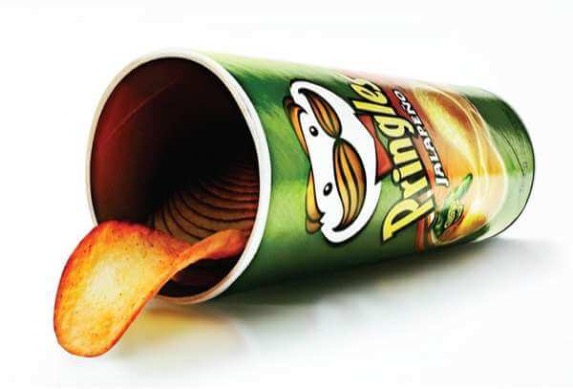
Pringles' tube packaging should be scrapped because it is difficult to recycle, it has been suggested.
The makers of Pringles, now owned by Kellogg's which acquire from P&G in2012, are coming under pressure to abandon their famous tube packaging because it is difficult to recycle.
Simon Ellin, chief executive the Recycling Association, a trade body representing recycling plants, has suggested the packaging was made by "idiots", warning that food producers and manufacturers need to pay greater attention to recyclable packaging.
He told a conference: "What idiot designed this in terms of recyclability? We've got a cardboard tube, a metal bottom, a plastic lid.
"The Pringles factor - right at the design stage, we've got to get that right.
"What we're putting in our recycling bins has got to be recyclable. We've got to get away from the Pringles factor."
It comes amid growing fears that too little is being done to reduce the amount of household waste by British consumers.
The Prince of Wales, who campaigns on such issues, is preparing to join record-breaking yachtswoman Dame Ellen MacArthur in launching a multimillion-pound competition to encourage the reduction of plastics in the world's oceans.
The Ellen MacArthur Foundation and Charles's International Sustainability Unit (ISU) will launch the New Plastics Economy Innovation Prize in central London on Thursday to challenge groups and individuals to find new ways of designing packaging to help keep it out of the oceans.
A Pringles spokesman said: "We take our responsibilities to the planet we all share seriously and are continuously working to improve our environmental performance.
"All parts of a Pringles can act as a barrier to protect the chips from environmental contamination and to keep them fresh. "The freshness of our chips means a longer shelf life, which minimises food waste."
[ add comment ] ( 31 views ) | permalink |




 ( 2.9 / 1582 )
( 2.9 / 1582 )

 Calendar
Calendar